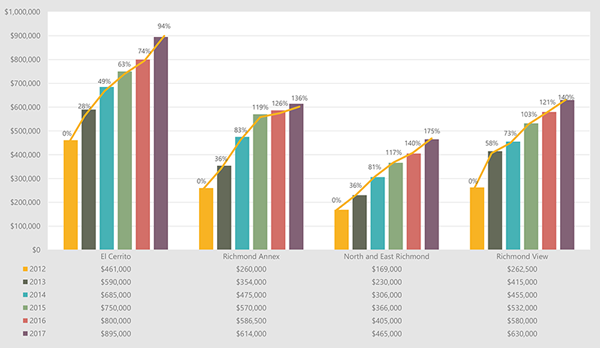
All tubes and tunnels in and out of Manhattan experienced major flooding. Transportation infrastructure was particularly affected. Source: NYC Open Data 2018 (“Sandy Inundation Zone”). A map displaying flooding inundation as a result of Superstorm Sandy (October 2012) Queensbridge Houses, the largest housing project in the United States, is outlined in red
#BOOMIN BY THE BAY 2012 FULL#
Figure 1 illustrates the full extent of flooding inundation into Long Island City. Up to six feet (1.8 m) of flooding occurred along 2nd Street, 5th Street, 51st Avenue, and Borden Avenue, causing damage to numerous buildings, though overall much of the neighborhood was not affected by floodwater (PlaNYCa 2013). Newtown Creek and the East River provided the source for floodwaters into Long Island City, with waters from the East River mostly coming in via Anable Basin (the planned location of Amazon’s HQ2 (Kensinger 2018)). This shore type faces acute vulnerability to storm surge, as well as long-term vulnerability to sea-level rise (NYC Department of City Planning 2013).

The shoreline of Long Island City is a hardened sheltered bay plain, which includes low elevation with gradual slopes with reinforced shorelines of fine sediment. As Sandy exceeded the 100‑year flood zone, its impacts can be used as a baseline for preparedness related to future extreme weather events and flooding scenarios exacerbated by climate change. Updated preliminary flood insurance rate maps (PFIRMs) were released in 20 (NYC Department of City Planning 2018b). Unfortunately, flooding exceeded this 100‑year flood zone, with the flooded area of Queens alone almost double FEMA’s projections (PlaNYC 2013a). When Superstorm Sandy hit in 2012, the FIRMs placed 33 square miles of the city within a 100‑year flood zone. These FIRMs underwent minor updates in 2007 (NYC Department of City Planning 2018a). New York adopted its first flood map in 1983 utilizing the Federal Emergency Management Agency’s (FEMA) flood insurance rate maps (FIRMs), which designate areas that are at 1% risk of annual flooding (a 100‑year flood zone). The city also adopted new local tax and economic incentives (NYC Department of City Planning 2001). Additional initiatives sought to improve neighborhood infrastructure by creating more attractive streetscapes, renovating subway stations, and improving traffic flow. With its proximity to Midtown and substantial transit infrastructure, in 2001 the city selected Long Island City as a site for significant potential growth and development, and 37 centrally located neighborhood blocks were rezoned to allow for increased density and new mixed-use development focused on residential, commercial, and light industrial business. Long Island City is a neighborhood in the western portion of the borough of Queens, along the East River waterfront across from Midtown, Manhattan. Recently in the spotlight as the once-planned location for Amazon’s second headquarters (Goodman 2019), Long Island City remains an area of intense and concentrated residential and commercial development (Kensinger 2018 Curbed 2018). The New York City Panel on Climate Change (2019) outlines multiple climate-change risks, including increased coastal flooding, loss of natural salt marshes, saltwater intrusion into freshwater sources, increased beach erosion, and eventual permanent land inundation in certain regions (Gornitz et al. The latest figures have been encouraging to some business owners.With four of its five boroughs located on islands off the coast of the continental United States, New York City is particularly vulnerable to coastal impacts of climate change. Restaurant sales rose 10 percent in the Rockland market, bringing in $6.5 million sales during the first quarter. Belfast motor vehicle sales were about the same at $6.7 million.

Motor vehicle sales in the Rockland market for the first quarter rose 7 percent from a year ago, reaching $13.2 million.

Permits have been granted for three new homes during the past three months, along with permits for numerous renovations and additions to residential buildings.

#BOOMIN BY THE BAY 2012 CODE#
The code enforcement office in Rockland also has reported increased activity. Belfast building supply sales increased 47 percent, reaching $5.9 million. Building supply sales in the Rockland market for the first quarter leaped 17 percent from a year ago, reaching $13.5 million. Retail sales statewide totaled $3.054 billion during the first quarter.Ī spike in building supply sales helped boost overall retail sales in both the Rockland and Belfast markets. The uptick in sales experienced in Rockland and Belfast exceed the statewide increase of 7 percent.


 0 kommentar(er)
0 kommentar(er)
